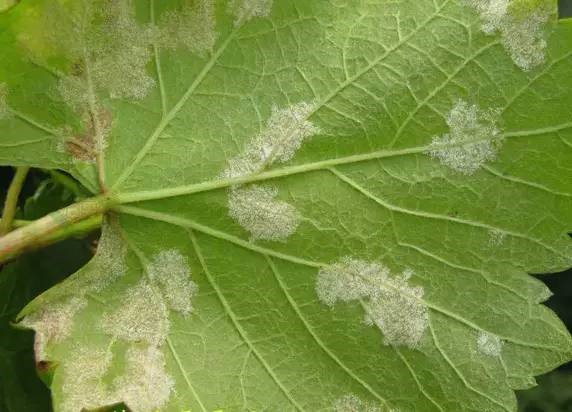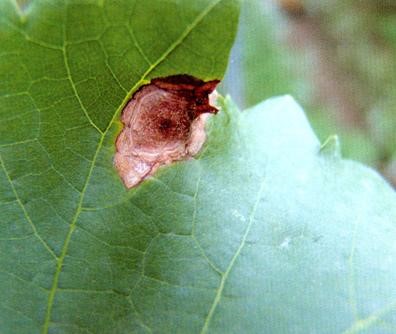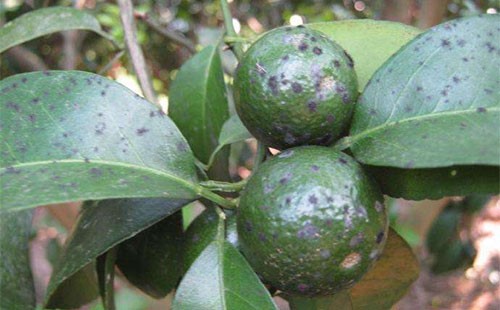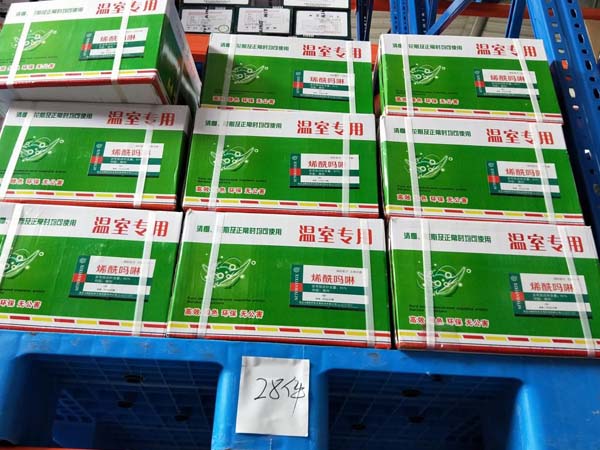Search Product
Search here for what you are looking for:
Search here for what you are looking for:

Orchard fungicide use precautions
1. Mancozeb
Melons: anthracnose, epidemic disease, downy mildew, leaf spot, black spot disease, etc. avoiding medication at high temperature; no need to refill after rain.
2. Thiophanate-methyl;

Broad spectrum; protection and treatment; gray mold, powdery mildew, anthracnose, brown spot, leaf mold, etc.; root irrigation, control of wilt disease; can be mixed with alkaline pesticides such as lime sulfur, but not mixed with Cu preparations, or used immediately before and after, can not be used alone for a long time; stop using 14 days before harvest; sweet potato, peach; rice can prevent rice blast and sheath blight during the period from the ear to the booting stage; can prevent and cure sclerotinia on rape of full-bloom stage; soybean podging spray control against gray spot.
3. Dimethomorph

The cinnamic acid derivative has strong activity against the fungi of the genus Aspergillus and the genus Phytophthora; causes the decomposition of the sporangia wall; it has a role in all stages of the life history of the oocyst, especially in the stage of formation of sporangia and oospores. More sensitive; strong systemic, can enter all parts of the plant; when cucumber, pepper, cruciferous vegetables, etc., the amount of liquid spray and the amount of drug used less.
4. Pyrimethanil
It is anilinopyrimidine; with the highest activity in controlling gray mold; inhibits the production of inoculated enzyme; it has the functions of internal absorption and fumigation, and it can quickly reach the flower and young fruit of the plant after application; the effect is faster and more stable; Insensitive; gray mold and fruit tree scab, spotted leaf disease, etc.; open field vegetables should be selected in the morning and evening, the wind is small, low temperature; when the temperature is over 28 ℃, the application should be stopped.
5. Prochloraz

Protection and treatment; special effects on various diseases caused by ascomycetes and deuteromycetes; no systemic effect, but certain conductivity, for rice seedling disease, mango anthracnose, citrus blue mold and anthrax disease and rot disease, good control effects of banana anthracnose and crown rot , and can also be used for post-harvest treatment of fruits to prevent diseases during storage. In addition, through seed treatment, it has good activity against many species of transmission and soil fax diseases. When used alone, it has good control effect on spot disease, mildew rot, blight, leaf blight, stripe disease, flax leaf spot and blight; for black spike and smut have excellent control effects when mixed with wilting or carbendazim.
6. Hymexazol

Soil disinfection and sterilization; can be absorbed by roots and moved within the roots, metabolize two kinds of glycosides in plants to improve physiological activity; soil-borne diseases such as rot disease, blight, blight caused by rot, Fusarium, etc. , Sclerotinia sclerotiorum, etc.; wet mixed or stuffy seeds are prone to phytotoxicity. The dosage should be strictly controlled to avoid preventing crop growth.